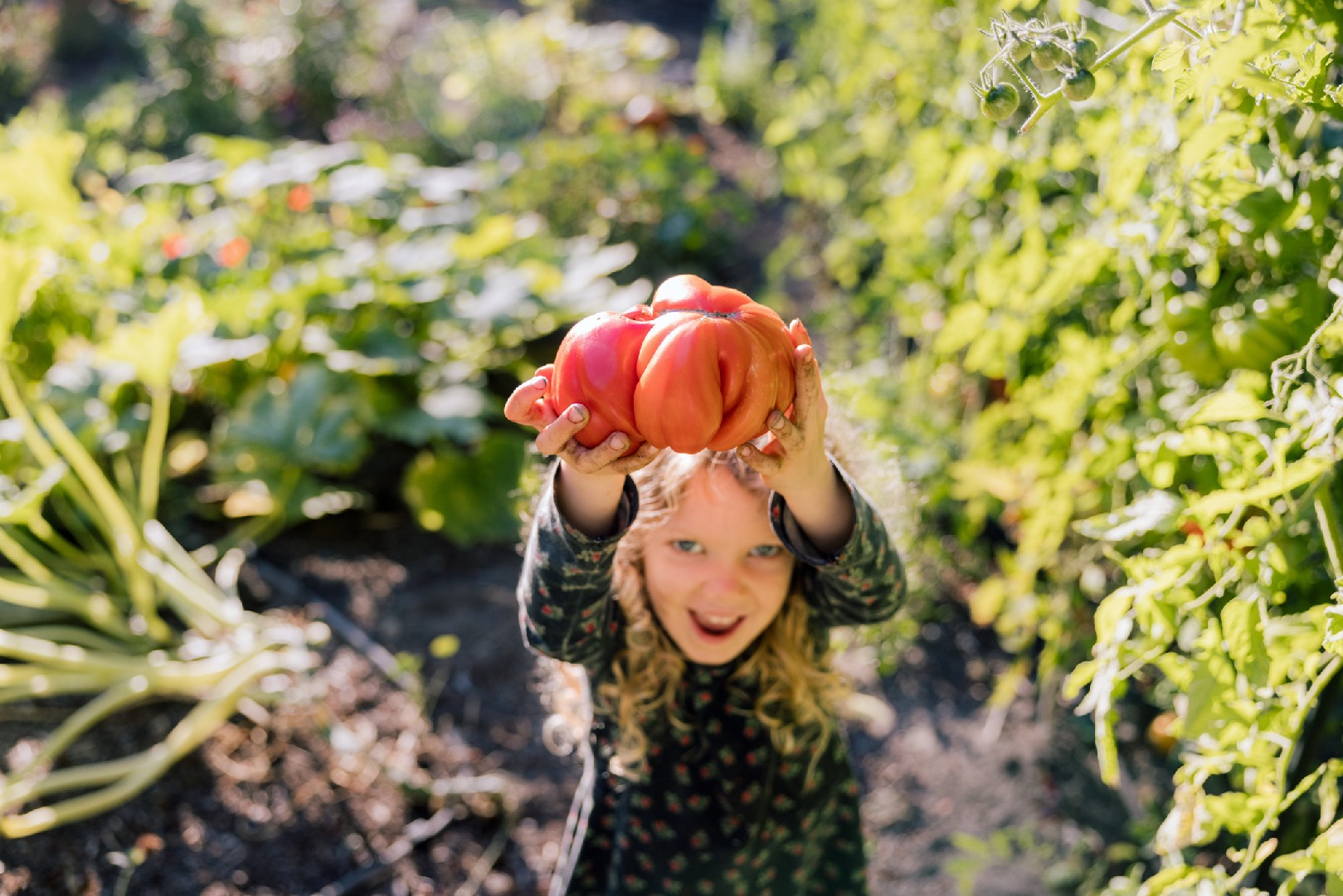![Rectangle]()
Cultivating Memories: Heirloom Vegetables in Your Organic Garden
There is something truly magical about heirloom vegetables. These plants, often passed down through generations, hold a special place in our hearts and on our plates. They are a link to the past, reminding us of the flavors and traditions of our ancestors. In this section, we will explore the world of heirloom vegetables and how to cultivate them in your organic garden, creating a journey into nostalgia.
Selecting the right heirloom varieties for your local climate conditions is essential for a successful harvest. Each region has its own unique climate, and certain heirlooms thrive in specific conditions. Before choosing which plants to grow, it's important to research the climate requirements of different heirloom varieties. Some plants, like tomatoes, prefer hot and dry conditions, while others, like lettuce, thrive in cool and moist environments. By matching the right heirlooms to your climate, you can ensure healthy growth and a bountiful harvest.
Once you have selected the appropriate heirloom varieties, it's time to prepare your soil. Heirloom vegetables require nutrient-rich soil to thrive. Start by testing the pH level of your soil. Most heirlooms prefer a slightly acidic soil with a pH level between 6.0 and 7.0. If your soil is too acidic, you can add lime to raise the pH level. Alternatively, if your soil is too alkaline, you can add sulfur to lower the pH. Additionally, enrich your soil with organic matter, such as compost, to provide the necessary nutrients for your plants.
Maintaining healthy growth is key to a successful organic garden. Instead of relying on chemical fertilizers, opt for organic alternatives. Organic fertilizers, such as compost tea or fish emulsion, provide your plants with a balanced mix of nutrients without the use of harmful chemicals. Implementing natural pest control methods is also crucial. Planting companion plants, like marigolds or basil, can repel pests and attract beneficial insects that prey on harmful pests. Additionally, practicing crop rotation and avoiding monoculture can help prevent the buildup of pests and diseases.
One of the joys of growing heirloom vegetables is the opportunity to create unique flavor combinations. Certain heirloom varieties complement each other's flavors when grown together. For example, growing tomatoes alongside basil can enhance the taste of both plants. Similarly, planting beans near corn can provide the beans with natural support while enriching the soil with nitrogen-fixing bacteria. Experimenting with these combinations can add depth and complexity to your dishes.
In conclusion, heirloom vegetables offer a journey into nostalgia, allowing us to connect with our past and preserve the flavors of our ancestors. By selecting the right varieties for your climate, preparing your soil, and implementing organic gardening practices, you can cultivate these precious plants in your own organic garden. Discover the joy of cultivating memories and savor the unique flavors that heirloom vegetables bring to your table?





